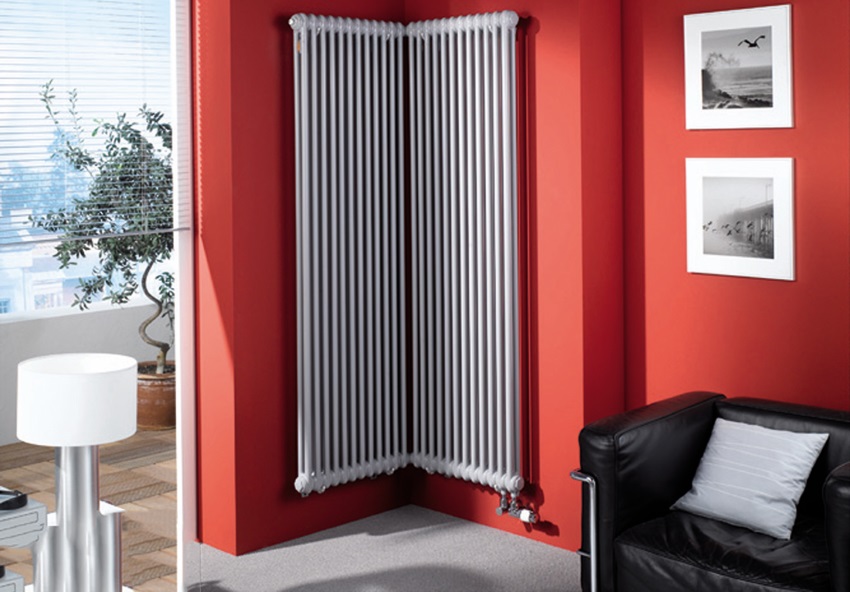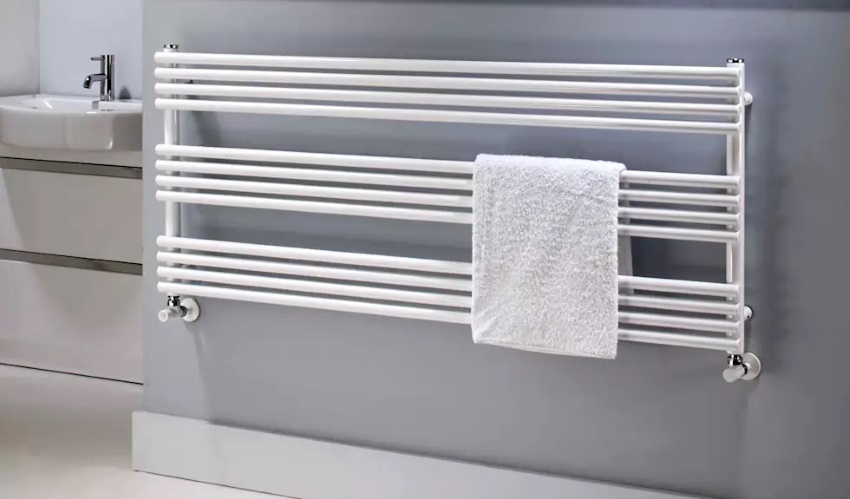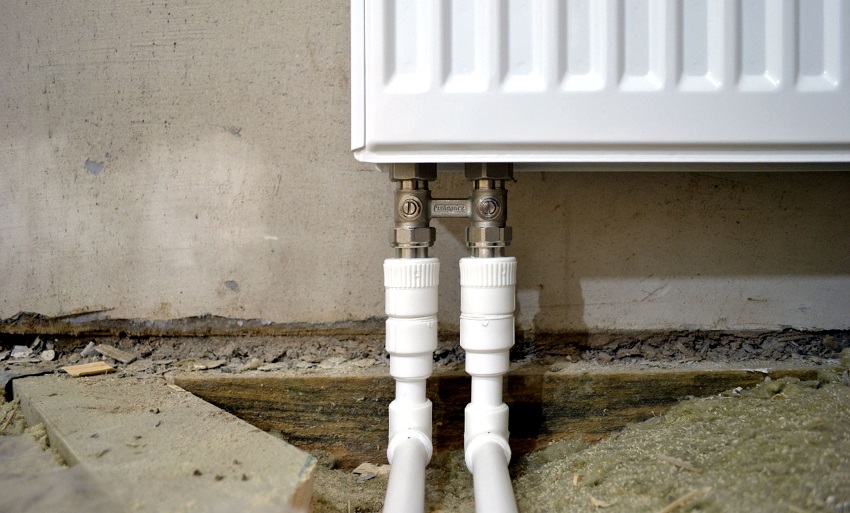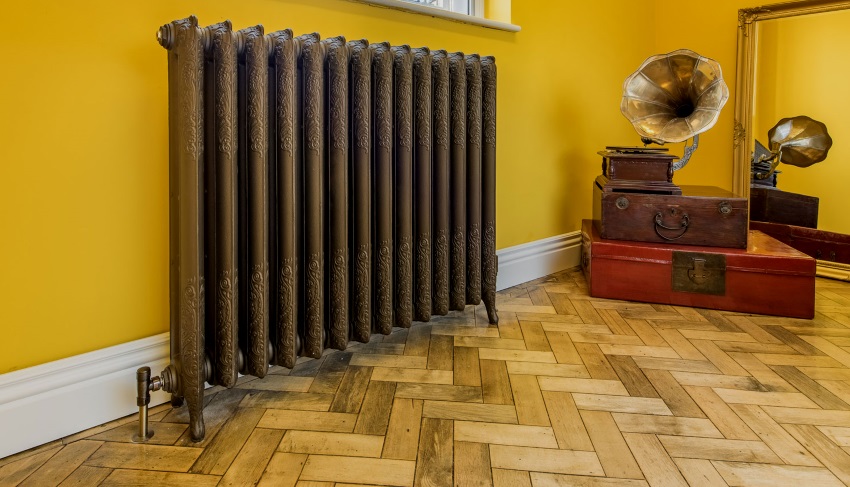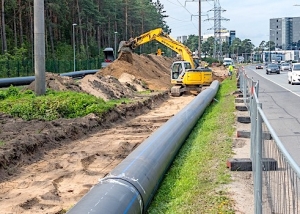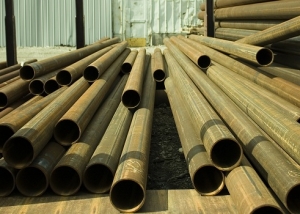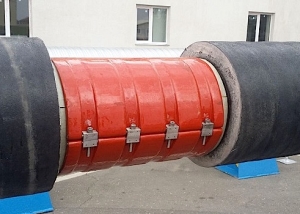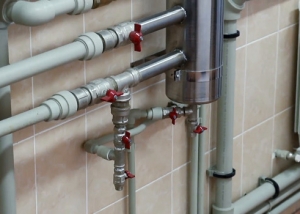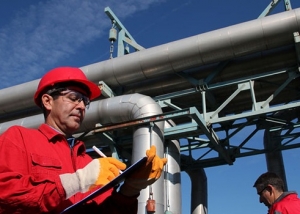Sectional batteries are connected to the common wiring in several ways. In the apartments of the old layout, there was only one way to bring pipes to the heating radiators - from the side, and the whole system was built in a vertical layout. The method of connecting heating radiators with bottom connection will work perfectly for many years without distorting the interior design. This is one of the alternatives for lateral connection, satisfying in all respects.
Content
- 1 Bottom-mounted radiator and its features
- 2 Benefits of bottom-mounted radiators
- 3 Varieties of vertical radiators with bottom connection
- 4 The main advantages of the lower eyeliner
- 5 Differences in the main connection methods with lower eyeliner
- 6 Methods of mounting and adjusting the heat flux of radiators
Bottom-mounted radiator and its features
Most of the radiators on sale have four inputs - this is a classic solution. This makes it possible to vary the connection to a closed heating system according to any scheme. There is also the opportunity to start the installation of batteries on a single-pipe and two-pipe branch, so as not to encounter the difficulties of intersecting gravity and forced schemes in private two-story houses.
On sale you can find different options for pipes and valves, providing ease of installation on either side and maintaining the functioning of the heating system.
It is important to consider that the vertical panel of a radiator the size of a person with a lower connection gives less heat transfer. Therefore, it is better to put it in those places where there are no windows. The vertical and horizontal must be checked with a level and a plumb line.
This method also helps save space or mount batteries in an unexpected place:
- air heating at the balcony that opens wide;
- in between panoramic windows;
- on one surface of a rectangular column;
- inside an incomplete partition between the combined rooms (kitchen and living room or dining room);
- in a small space between false windows, built-in appliances or aquariums.
Today, decorative radiators are also offered, equipped with shields of the original form, designed for the lower connection method. In the case of the use of radiators of a different type, remember that functionally they simulate classic batteries with lower heat dissipation.
The functional advantages of vertical heaters are the same as those of horizontal panels with a bottom connection and a special valve. For example, a three-way valve ensures the operation of a single-pipe system - for supply and return in vertical-type radiators.
Benefits of bottom-mounted radiators
The popularity of this type of heating appliances and the entire connection diagram of radiators with bottom connection is explained by the possibility of hidden pipe wiring. This scheme is applicable in small buildings of the private sector with pipes laid under the house.
Pipes going down are almost hidden from view.Their unsightly appearance does not need to be closed with curtains or wide blinds, as in a city apartment, to hide communications and a Mayevsky crane (eliminating airing).
If we talk about commercial benefits, then the aesthetics of the vertical sections on the bottom eyeliner is not offset by heat transfer. Their cost is higher than classic batteries with 4 holes for connecting. But if you take into account all the features of the lower connection of heating radiators, doing it yourself is much easier than in more complex schemes.
An important rule - at the planning stage, take into account all the features of connecting heating radiators, especially with a lower flow of coolant. The only negative is the possibility of airing the battery, but it is easy to mask the line for wall decoration.
Bottom connection involves connecting to 2 radiator points. At the same time, there are obvious advantages of such an installation:
- there is the possibility of using a special valve to adjust the temperature;
- lack of difficulties in the layout of heating;
- the possibility of simultaneous operation of a 1-one-pipe and 2-two-pipe system;
- pipe communications are easy to hide;
- you can buy a crane, easily block part of the circuit or one branch of the coolant flow (attic or guest bedroom for repair or when no one lives in them);
- shutting down one section with the lower two-pipe heating system does not imply draining the coolant.
Advice!Set a valve to operate the lower radiator heating circuit to improve heat dissipation. A simple module will provide ease of use for the radiator and increase its efficiency by 20-25%, in other words, it will increase heat transfer even in the most separated part of the battery.
With all its attractiveness, the vertical models on the lower connection are also known for their shortcomings:
- reduced convection return (warm air from steel panel blocks goes faster to the ceiling, creating a useless flow);
- high length of the coolant vertically;
- high probability of airing.
It is impossible not to mention the convenience of such radiators for baths or saunas - they combine batteries and heated towel rails.
Varieties of vertical radiators with bottom connection
There are not so many types of radiators produced for installation on the lower eyeliner, it is mainly:
- about panel batteries;
- steel;
- composite (decorative).
Steel heating batteries of the lower connection are compact, they are the most durable, less rusty deposits are formed in their connections.
To install panel radiators, you need thermostatic equipment with connection nodes. The number of sections affects the rate of heating a room. A small room can be heated by 5-6 sections, for a large area they need 2-3 more. It is advisable to mount the heating system at opposite walls. This will create conditions for a uniform circulation of heated air.
Important! When buying radiators, regardless of material, you need to check the number of inputs. It should correspond to the heat transfer and the type of connection of the supply pipe, which is done by yourself. This eliminates the need for additional brewing or installing plugs to eliminate excess holes.
The coolant must freely enter the last section, so it is very important to connect everything correctly, no matter how the battery is mounted. However, if there were problems with incomplete heating and airing of old radiators, they need to be eliminated during installation, perhaps even digesting the entire contour of the aluminum radiator sections in a separate room.
Old cast-iron blocks were produced with 4 holes, which was convenient for calculating batteries for all types of eyeliner. In modern models, there may be 2-3 inputs, so they are not always suitable for replacing old batteries. Digestion of pipes will solve this problem, but it is important not to make “cold” zones. To do this, you need a large power of radiators and a well-planned scheme with a uniform distribution of coolant and return flow.
It is quite difficult to build up heating blocks with a large number of sections. Therefore, it is better to install radiators of the right volume immediately, even with a small margin, adjusting the temperature of the coolant. This is easier than looking for an additional way to heat the room, especially with cold corner walls.
Important! For any type of pipe arrangement and connection of radiators, it is imperative to follow the rules of SNiP 3.05.01-85.
Schemes of supply and removal of single-pipe systems are usually hidden under the floor, behind skirting boards, in screed, under the laminate in expanded clay. Therefore, the panels on the bottom contour look like they are placed in the most convenient places on the walls. This gives more opportunities for solving design problems without compromising the heating of a private house, especially when radiators of aesthetic appearance are needed.
The main advantages of the lower eyeliner
Undoubtedly, the interior design of residential premises in country houses improves after the ability to hide the communications of private houses under the floor. Pipes sharpening from the side and top do not give aesthetics, but when there was no choice in the way of the connection, I had to agree with this engineering solution.
The lower supply is carried out under low pressure - hot water is supplied from one side of the radiator, and goes to the return line from the other lower point, already slightly cooled. To some extent, when the coolant passes under the finishing materials, it gives up part of the heat. But this makes the floors warmer, air flows more evenly heat the room.
Perhaps with this method the room heats up more slowly, but it keeps the temperature longer. The effectiveness of this method of heating is quite high, it decreases only for 2 reasons:
- clogged pipe;
- airing of the radiator part along the riser - in the case when the horizontal is broken.
Even after a slight decrease in the efficiency of such heating systems, this method of ensuring circulation gives a quite decent heating of heating devices. It is necessary to take into account all the weaknesses of the system, but after cleaning, the efficiency always increases.
Attention! It is possible to provide an efficient connection diagram by connecting a heating circuit directly or through a bottom lead block. This will make it possible to disconnect part of the batteries from the overall system without the need to drain the coolant.
Recall what interval must be maintained when installing radiators, according to modern requirements:
- from the windowsill to the radiator - about 10-15 cm;
- from the floor to the radiator - at least 10 cm;
- from the wall to the rear surface of the radiator - from 5 cm.
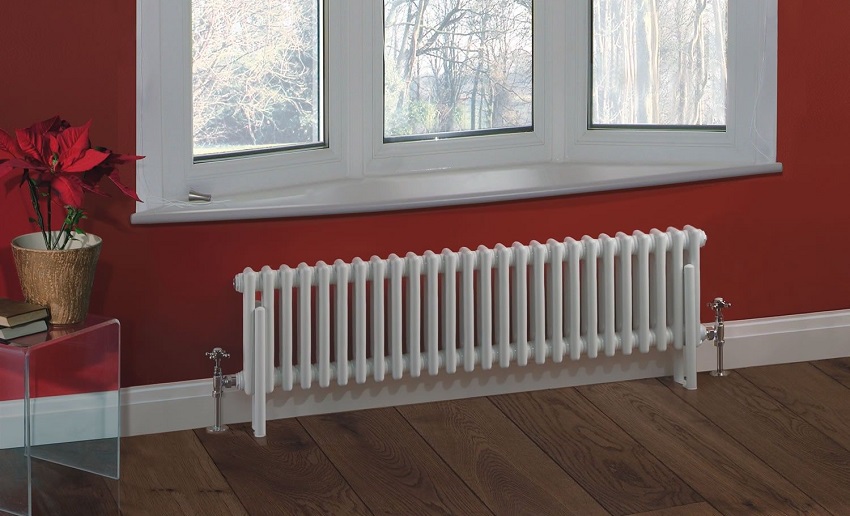
According to the installation requirements, the radiator is installed at a certain distance from the window
A warm stream is, first of all, a curtain, a barrier or a kind of shield, obtained naturally from contact with a properly functioning heating device. This necessitates the installation of radiators in places where cold and warm air masses will mix.
Differences in the main connection methods with lower eyeliner
Each method has proven in practice its viability:
- Through lateral taps - a simple and affordable way to connect, the battery collectors will enter the floors or will be located above the surface along the baseboard. Batteries are mounted on the walls, pipes go to the lower entrances. On both sides it is better to install shutoff valves in order to disconnect and eliminate plugs with installed valves.It is recommended that you install an air release valve in one of the top openings.
- Bottom connection with extension, in which a simple device is screwed into the lower hole without access to the upper part. The coolant circulates under pressure through the radiator tube, warm water displaces cold water through the outlet. In gravity systems, it is not possible to apply this scheme.
- Connection through an adapter is used when there is no pipeline access to the radiator on both sides. The device is screwed into the lower hole, a metal tube is supplied to the upper hole. The adapter itself is mounted from below.
Advice! When purchasing radiators with a lower supply of coolant, make sure that you have all the necessary accessories, including a suitable thermostat or thermostatic insert. Panel batteries also have them initially, as a constructive part, and for some circuits a circulation pump is needed.
Methods of mounting and adjusting the heat flux of radiators
To date, many effective schemes for heating a private house have been developed - video and detailed schemes confirm this. Each of them has its own conditions of use and undeniable advantages. With self-installation, it is important to have at least a general idea of the principle of operation of the circuit and the distinctive characteristics of the proposed installation method. The simplest are single tube systems.
When installing heating radiators, do not remove the industrial packaging, since undesirable mechanical influences are often. There may be scratches, chips, negatively affecting their design. It will be correct to remove the protective film immediately before starting the coolant.
For a room that will be heated from a coolant with a lower connection diagram, there are no restrictions on the area and configuration. It is supposed:
- fix the brackets in the wall to hold the batteries with a sufficient number of sections;
- hang the radiator after checking the horizontal and vertical so that there are no distortions after welding and screwing in the valves;
- installation of conventional ball valves, a transition valve, a Mayevsky valve (any shutoff valves proposed in this section of the coolant);
- the supply pipes are hidden behind building materials or laid in gates.
The temperature of the batteries can be made in the following ways:
- Manual switching (three-way valve, complete shutdown of several sections or one panel).
- Automatic adjustment by thermal valves or relays.
With self-installation, monolithic batteries are often chosen, which are not afraid of any heat flow pressure. However, they are designed to counter water hammer when testing systems in multi-story buildings. From this we can conclude that they are also suitable for the private sector. But there is no point in overpaying for more expensive batteries with a minimum load. On the one hand, the lower connection diagram has a lower heat output, but this small minus is offset by the reliability of operation and the aesthetics of the interior.

